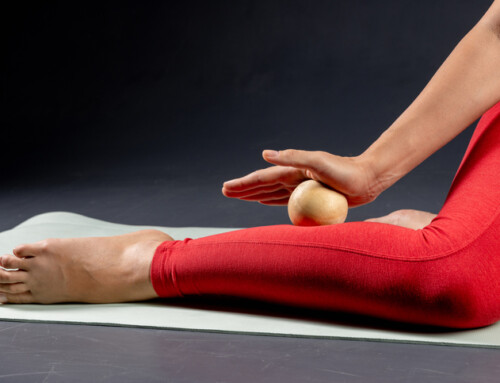Anatomy of the Bicep Muscle
The Biceps muscle specifically “Biceps Brachii” is a two-headed muscle denoting the “bi” meaning “two” within its name. The two heads of the biceps named the long head and short head, both originate from the front part of the scapula and travel all the way down to the radius bone of your forearm. Due to the attachments of this large muscle, it can act on three joints including the elbow, shoulder, and wrist.1 When considering the attachments of this muscle we can note that the motions this muscle helps with are elbow flexion or bending the arm, along with supination which is when you turn your palm up.
Distal Biceps Tendon Injuries
Injuries to the Distal Biceps Tendon often occur when the muscle is in a flexed position or with the elbow bent and a load is given to the muscle that causes the elbow to straighten quickly. With this injury, it is common to see swelling and pain that can be local to the elbow. It is more common to see this injury in men, within the 40-50 year old demographic.1 Fortunately, a complete rupture of the Distal Biceps Tendon only accounts for 3% of injuries of this muscle as most injuries occur at the origin of the biceps at the shoulder joint.1
Treatment for Distal Biceps Tendon Injuries
Distal Bicep Injuries can be managed either Non-operatively or Operatively depending on the severity of the tear. When choosing the non-operative approach, physical therapy activities to address swelling and pain will be worked on initially while also strengthening muscles surrounding the elbow joint and maintaining range of motion.
On the other hand with surgical management, the reattachment of the muscle to the radius may take a longer recovery time while also having risks due to the location of the tendon being near the median nerve and the recurrent branch of the radial artery with complication rates of surgery being 23-27%.2 However, with the surgical approach there have also been higher rates of improvements in strength following surgery compared to non-surgical approaches.
Nonetheless, non-operative methods still allow for great recovery and progressive improvement of functionality following injury.2
Physical Therapy for Distal Biceps Tendon Injuries in Queensbury & Saratoga
If you are interested in non-operative treatment for a distal biceps tendon injury, call Capital Area PT at (518) 289-5242 to make an appointment at our offices in Malta, Saratoga Springs, Delmar or Queensbury NY. Our physcial therapists will work with you to alleviate the pain and swelling, and help you on the path to healing and recovery.
References
1. Bain GI, Johnson LJ, Turner PC. Treatment of Partial Distal Biceps Tendon Tears. Sports Medicine and Arthroscopy Review. 2008; 16 (3): 154-161. doi:10.1097/JSA.0b013e318183eb60.
2. Qureshi MK, Elgindi AO, Mastan S, Jeyam M, Khaled AS. Operative versus non-operative management of distal biceps brachii tendon rupture: A systematic review.
Muscle Ligaments and Tendons Journal. 2020;10(04):678. doi:10.32098/mltj.04.2020.16






